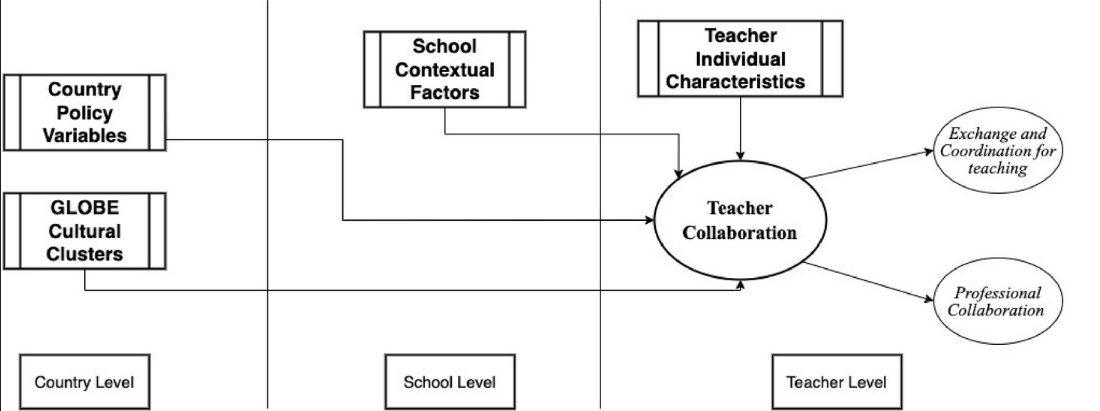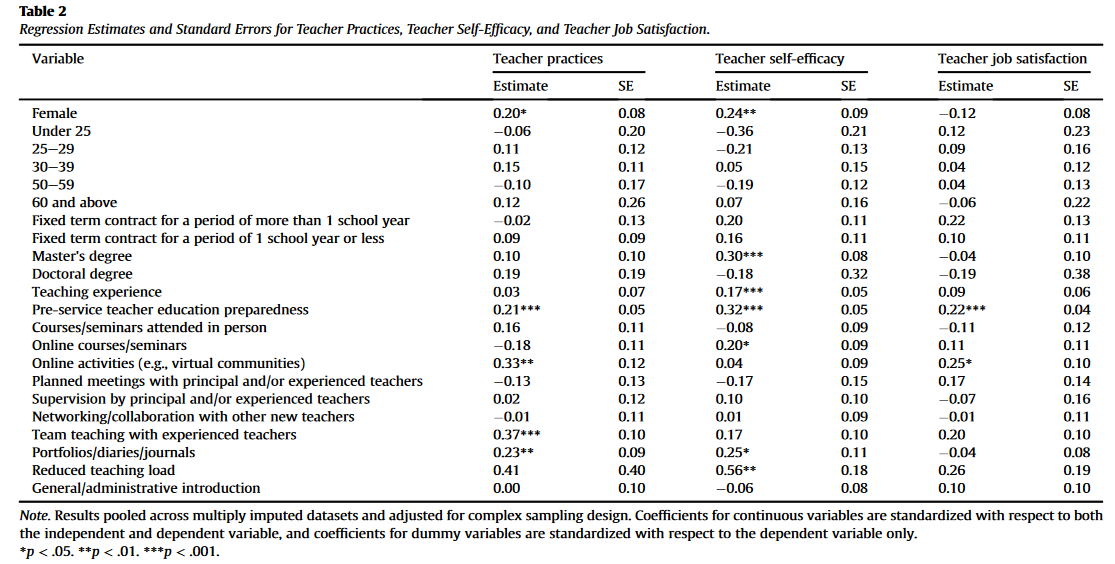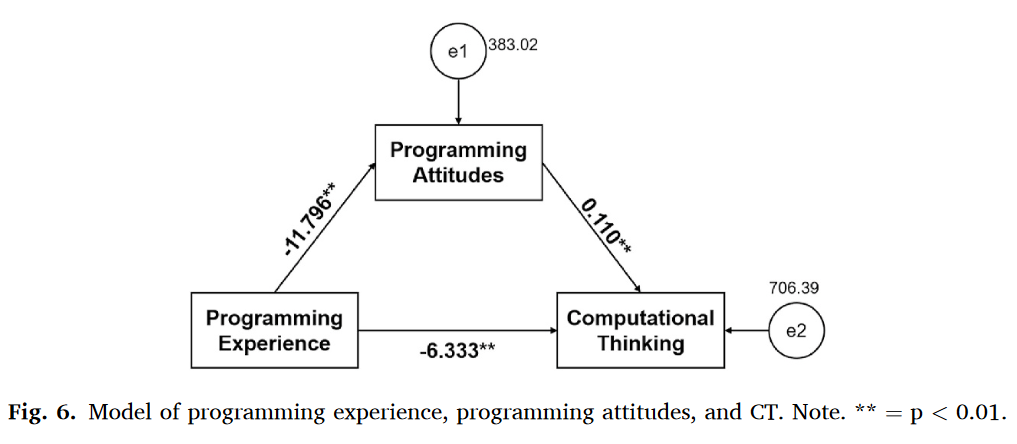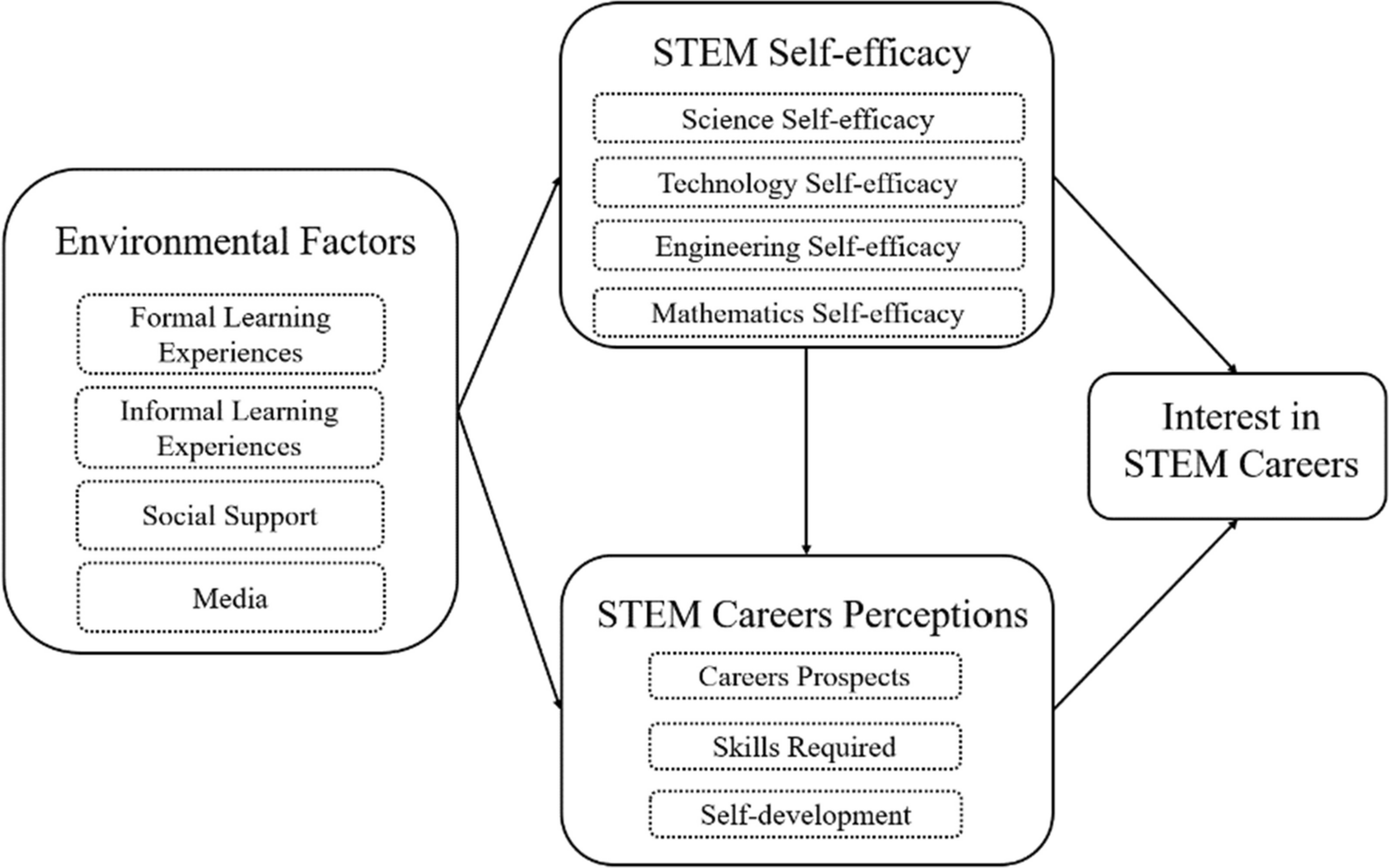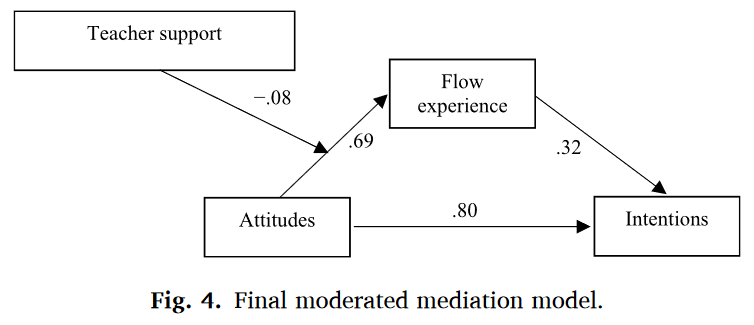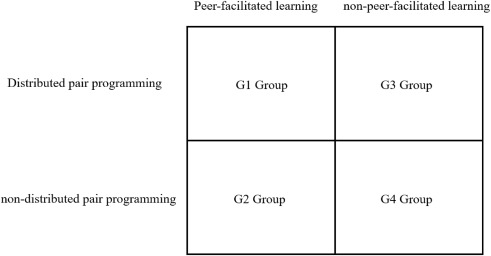一、问卷调查实例分析
- Rosenzweig, E.Q., & Chen, XY. (2023). Which STEM careers are most appealing? Examining high school students’ preferences and motivational beliefs for different STEM career choices. IJ STEM Ed 10, 40. https://doi.org/10.1186/s40594-023-00427-6 (使用在线问卷的方式调查了美国东南地区一个公立学校的778名高中学生,剔除无法使用和无效问卷后,对剩余526名高中生的STEM职业倾向和隐含动机进行了分析)
- Rosenzweig, E. Q., Chen, X. Y., Song, Y., Baldwin, A., Barger, M. M., Cotterell, M. E., ... & Lemons, P. P. (2024). Beyond STEM attrition: changing career plans within STEM fields in college is associated with lower motivation, certainty, and satisfaction about one’s career. International Journal of STEM Education, 11(1), 1-18. https://doi.org/10.1186/s40594-024-00475-6(使用在线问卷的方式调查了美国一个大型研究型公立大学的1727(剔除后的样本量)名本科生,涵盖了42门课程和所有主要的STEM学科,对学生们的职业计划,计划的改变,计划的动机,以及对这些计划的满意度和坚持计划的确定性进行了分析)
- Castle, S. D., Byrd, W. C., Koester, B. P., Pearson, M. I., Bonem, E., Caporale, N., ... & Matz, R. L. (2024). Systemic advantage has a meaningful relationship with grade outcomes in students' early STEM courses at six research universities. International Journal of STEM Education, 11(1), 1-20.
https://doi.org/10.1186/s40594-024-00474-7 (研究了美国六所大型公立研究型大学的早期STEM课程的成绩。样本选择了所有在至少一门STEM课程中获得数字分数的本科生,本研究发现了他们在性别、种族/民族、收入和第一代地位方面的系统性不平等,并调查了它们在同行机构之间的相似程度)
二、访谈研究实例分析
- Dancy, M., Hodari, A.K. (2023). How well-intentioned white male physicists maintain ignorance of inequity and justify inaction. IJ STEM Ed 10, 45. https://doi.org/10.1186/s40594-023-00433-8(对27名物理学专家进行半结构化访谈,之后以扎根理论为主进行归纳编码,并釆用批评性话语分析进行意义建构)
- Zhang, E. Y., Hundley, C., Watson, Z., Farah, F., Bunnell, S., & Kristensen, T. (2023). Learning by doing: A multi‐level analysis of the impact of citizen science education. Science Education. 1-28. https://doi.org/10.1002/sce.21810 (在乡村学校开展持续三年的科学教育,对本科生教师、乡村教师以及学生进行半结构访谈、反思性问卷调查等)
三、媒体话语实例分析
- Nam, B. H., & Bai, Q. (2023). ChatGPT and its ethical implications for STEM research and higher education: a media discourse analysis. International Journal of STEM Education, 10(1), 1-24. https://doi.org/10.1186/s40594-023-00452-5 (本研究采用比较媒体话语分析方法,分析了来自四个媒体的 72 篇文章:(a) Springer Nature; (b) The Chronicle of Higher Education; (c) Inside Higher Ed; and (d) Times Higher Education. 本研究通过阐明与STEM研究和高等教育中伦理写作相关的最主要政策问题,以及不同利益相关者对作者身份和学术诚信的盲目性的限制,总结了学术界对ChatGPT和人工智能伦理未来研究的一些政策启示和建议。)
(由 李晓斐 编辑 - 原提交时间 2023年06月13日 星期二 08:48)
